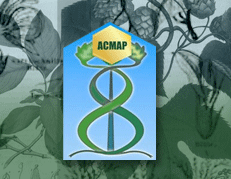Home > JMAP > Vol. 2 > Vol 2 Issues 3-4
Morphological and Molecular Analysis of Three Celery Accessions
Abstract
Celery (Apium graveolens L.), a culinary herb and vegetable, is considered a good source of the essential oil and phenolic acids for use as a food, medicine, and flavoring agent. Substantial plant to plant variation within celery, however, indicates a high degree of genetic inconsistency that affects plant quality and yield. This study evaluated the fresh and dry weights and leaf characteristics of three celery genotypes grown in a greenhouse. The genotypes were also screened for polymorphic RAPD (Random Amplified Polymorphic DNA) markers. Celery Accessions were found to differ in fresh and dry weight. Our study demonstrated that RAPD technique could be a suitable tool for genotypes identification and classification in celery.
Recommended Citation
Helaly, Alaa Al-Din; Ali El-Refy; Emad Mady; Kareem A. Mosa; and Lyle Craker.
2014.
"Morphological and Molecular Analysis of Three Celery Accessions."
Journal of Medicinally Active Plants
2,
(3):27-32.
DOI: https://doi.org/10.7275/R5ST7MRX
https://scholarworks.umass.edu/jmap/vol2/iss3/2
